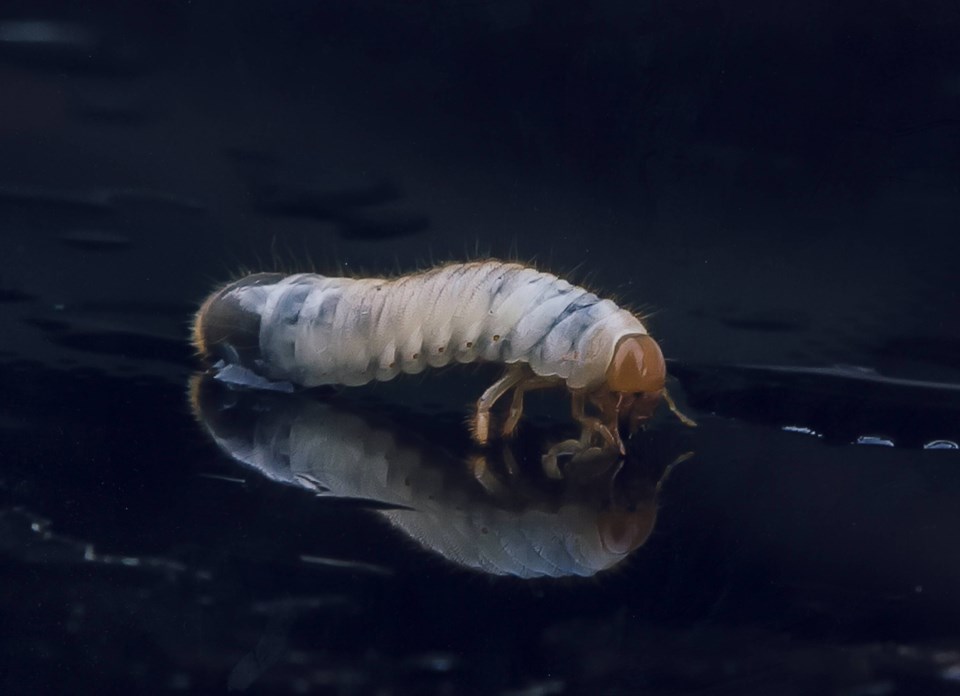Last summer’s drought has taken its toll on lawns around the Royal City.
In the aftermath of last summer’s drought and water restrictions, crows, skunks, raccoons and other critters destroyed lawns throughout the city in search of chafers to eat. The critters tear up lawns in search of the tasty grubs in the fall and winter months.
Claude LeDoux, the city’s horticultural manager, said last summer’s drought and water restrictions challenged lawns. He noted that healthy lawns are better able to withstand the effects of chafers, which were discovered in New Westminster lawns and boulevards in 2001.
“The reason is because the lawns could not live through that dryness. The grubs were there. In my view – I’m not an entomologist – you didn’t have more grubs per se, you just had unhealthier lawns. It’s the health of the lawn that really makes the biggest difference,” he said. “That was a tough spot everyone was in, when they put in those restrictions.”
In a neighbourhood where one lawn looks pristine while others are chewed up, LeDoux said it’s likely grubs are living under the nice lawn – it’s just that that lawn is healthier.
The European chafer beetles are currently pupating, so it’s not the time to tackle them, LeDoux said, but it’s a good time to fertilize lawns and give them a better start for the upcoming summer.
The City of New Westminster offers a nematode subsidy program in the summer. Residents can purchase nematodes, living microscopic worms that attack the chafer grubs, and apply them to their lawns at a designated time.
Details of this year’s program are being finalized, but residents usually contact the city’s parks, culture and recreation department in June to pre-order the nematodes.
“Normally, you apply them in July,” LeDoux said. “They start flying in the first week of June for the month of June. That’s the mating process. That’s the only reason they’re alive. Most of their life, they live as a grub, that’s why they are so damaging. They come out, do the mating. The male dies right away. The female lays her eggs, and then she dies.”
European chafer grubs themselves don’t do any damage to the lawns, LeDoux said, but the animals who eat them can ruin lawns.



